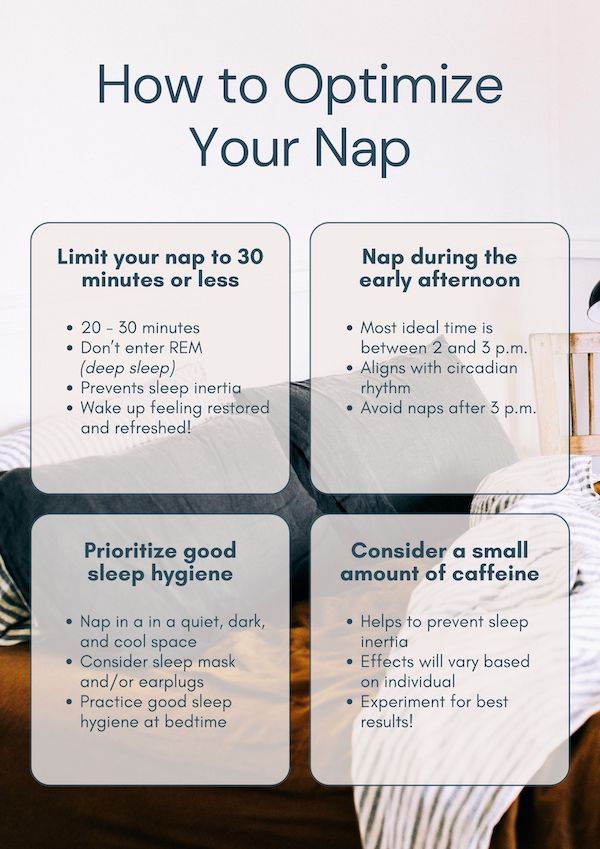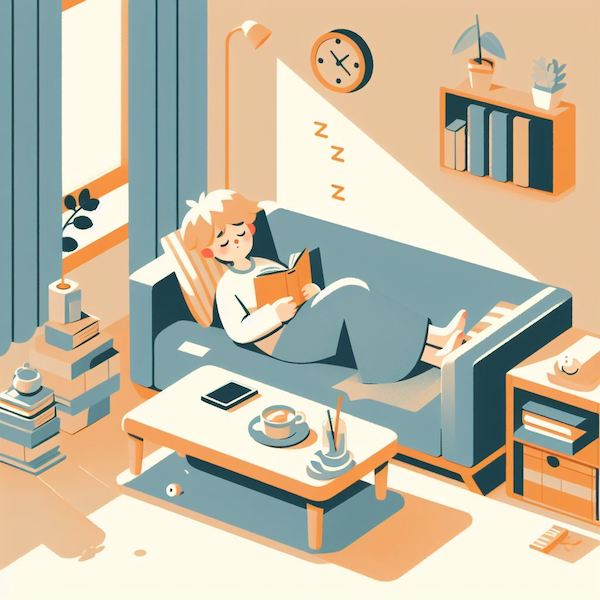
Everybody loves a good nap, you know what we’re talking about.
Believe it or not, over a third of American adults consistently fail to obtain adequate sleep, which falls within the range of 7 to 9 hours. The Centers for Disease Control and Prevention (CDC) in the United States even declared insufficient sleep to be a “public health problem.” But this problem is not restricted to the U.S.; it also affects other industrialized nations like Japan, Germany, and Canada.
People are finally taking notice and doing something about it. But before we tell you about the pros and cons, we need to understand the effects of insufficient sleep. Numerous lifestyle factors, including excessive use of electronic devices, social media, and the consumption of recreational substances, contribute significantly to a growing number of people experiencing reduced sleep.
The Consequences of Insufficient Sleep
It goes without saying that lack of sleep can be detrimental to your overall health and well-being. Extensive research has revealed that insufficient sleep is associated with 7 out of the 16 primary causes of death in the U.S., including conditions like cardiovascular disease and diabetes. People who sleep, on average, less than 6 hours per night face a 13 percent higher mortality risk compared to those who sleep within the recommended range of 7 to 9 hours.
Beyond illnesses, inadequate sleep contributes to a rise in accidents, medical errors, and diminished work productivity. Did you know that some of the most notable disasters, such as the Chernobyl nuclear explosion and the Exxon Valdez spill, have been linked to sleep deprivation and related disorders?
Insufficient sleep doesn’t only impact adults; it also has lasting consequences for children and adolescents. Alarmingly, more than 87 percent of high school students in the U.S. fail to meet the recommended hours of sleep. What’s worse, the amount of sleep they receive is progressively declining, putting their health, cognitive abilities, and academic performance at risk.
Learn more about how insufficient sleep affects mental health.
The Economic Impact of Insufficient Sleep
Yes, you read this right. Insufficient sleep doesn’t only affect you, it can also affect the nation’s economy!
Think about it. Lack of sleep hinders cognitive performance and leads to less productivity in school or the workplace. When workplaces employ sleep-deprived people, they experience reduced productivity, increased errors, and higher rates of absenteeism. Long term, it most certainly can affect society as a whole.
Research indicates that the United States, being the world’s largest economy, suffers an annual economic loss of up to $411 billion due to insufficient sleep. Japan, on the other hand, bears the highest relative economic loss, amounting to 2.9% of its overall economy.
The Case of Napping
You might already know this — napping is heavily engrained in some cultures as a necessity for sustaining productivity. On the contrary, other cultures perceive napping or taking rest breaks during work as a sign of laziness.
As insufficient sleep continues to be a pressing issue, the topic of napping warrants our attention. The debate surrounding napping remains ongoing, with both proponents and critics voicing their opinions. For us, it’s not a matter of whether napping is a “good” or “bad” thing. The focus is more on how to take proper naps.
You have to admit, sometimes we just need a quick, afternoon nap!
Scientists also advocate for taking an afternoon nap, particularly after lunch. During the afternoon hours (between 1 pm and 5 pm), our bodies naturally experience a peak of drowsiness. It’s in our DNA! We are biologically inclined to rest in order to enhance cognitive performance in various aspects, including alertness, creativity, and memory.
Did you know that leading global companies like Google and Samsung understand the value of quality rest and provide designated areas furnished for napping to their employees? So that’s how they get their creative juices flowing.
Here at The Habitual Rabbit, we firmly support the practice of napping, but more importantly, we want to show you how to do it the right way.
The Benefits of Napping
Assuming you indulge in an optimal duration of napping (power nap!) and adhere to proper sleep hygiene practices (to be discussed later), a wide range of benefits await that can enhance your mental well-being and productivity.
Napping has been shown to:
- Improve all types of memory, including procedural, declarative, and short-term memory
- Enhance logical reasoning skills
- Improve reaction time
- Induce relaxation and alleviate stress
- Reduce fatigue and promote heightened alertness
- Enhance mood and emotional well-being
- Boost productivity levels
- Foster creativity
- Improve physical performance
- Aid shift workers in coping with fatigue
- Facilitate cardiovascular recovery from psychological stress
- Lower blood pressure
- Increase workplace safety
- Elevate workplace morale
- Decrease instances of drowsy driving and accidents
The comprehensive benefits associated with napping underscore its value as a beneficial practice for people seeking to improve their overall functioning and lead healthier, more productive lives.
The Drawbacks of Napping
While the benefits of napping may appear abundant, there are situations where napping can have negative consequences. This is particularly true if you frequently experience insomnia or struggle with poor sleep quality, as regular napping can disrupt your nighttime sleep patterns.
Have you ever tried to take a short nap and end up sleeping for over an hour? Then you’re not able to fall asleep later at night? We’ve been there.
Taking lengthy naps or engaging in them later in the afternoon can disrupt your circadian rhythms, making it difficult to fall asleep at night. Furthermore, one study has indicated an increased risk of type 2 diabetes associated with napping.
Lastly, one common issue with napping is the occurrence of sleep inertia when naps exceed 30 minutes. Sleep inertia leaves you feeling groggy and disoriented, diminishing the potential benefits of the nap. This highlights the importance of developing appropriate napping habits that leave you feeling both rested and refreshed.
So what’s the lesson here? Short naps!
Optimizing Your Nap
As master nappers, we want to share these effective napping practices that will optimize your productivity so that you reap the maximum benefits from your nap.
Limit your nap to 30 minutes or less
Napping within the range of 20 to 30 minutes allows you to obtain the restorative sleep you need while feeling refreshed when you wake. During a shorter nap, you spend minimal or no time in deep REM sleep. Naps exceeding the 30-minute mark can lead to entering deep sleep, resulting in sleep inertia upon waking. To avoid this, set an alarm and resist the urge to snooze; make sure you don’t enter deep sleep!
Nap during the early afternoon
Timing your nap between 2 and 3 pm is ideal since it aligns with the natural dip in your circadian rhythm and allows sufficient time for lunch digestion. The Mayo Clinic recommends avoiding naps after 3 pm to prevent interference with your nighttime sleep.
Prioritize good sleep hygiene
Creating an optimal nap environment involves resting in a quiet, dark, and cool space. Consider using a sleep mask and earplugs to block out daylight and minimize daytime noises, promoting a more serene atmosphere.
Consider a small amount of caffeine
This is entirely optional. Personally, I find that consuming a small amount of coffee before my nap effectively prevents sleep inertia upon waking up. This is because caffeine takes time to take effect in the body. Personal experiences vary, so experiment with this approach to determine if it benefits your nap routine.

Final Thoughts
In the end, the decision of whether or not to incorporate napping into your routine rests with you.
Personally, I have found that taking a 20-minute nap consistently leaves me feeling refreshed each time. Upon waking up, I notice a reduction in the accumulated morning stress, and I am able to enhance my analytical thinking and write with greater coherence (which you are witnessing now).
If you prefer to avoid napping, that is completely fine too. Spending time outdoors to soak up natural sunlight, having a light snack like nuts or fruits, or engaging in light physical activity are great alternatives to boost your energy levels. Again, we encourage you to do what’s best for you.
Here at The Habitual Rabbit, we aim to help you achieve peak productivity and put your best foot forward. However, we also emphasize the importance of prioritizing quality rest and prioritizing your health and safety above all else!

